
- Shandong Microwave Machinery Co.,Ltd.
- To be the Leader of microwave drying and edible oil refining equipments Manufacturer
Home> Company News> Effect of drying process on sensory quality of scented tea and its toxicological evaluation
- AddressNo. 225, Huangqiao Village, Beiyuan, Tianqiao District, Jinan, Shandong, China
- Factory AddressNo. 225, Huangqiao Village, Beiyuan, Tianqiao District, Jinan, Shandong, China
- Phone(Working Time)+86 0531 85064681
- Phone(Nonworking Time)0086-15020017267
- Fax+ 86 0531 85064682
Effect of drying process on sensory quality of scented tea and its toxicological evaluation
2018-11-19 15:16:45
Abstract: The effects of different drying techniques on the sensory quality (morphology, aroma, taste and tea color) of scented tea were compared. The acute toxicity and genotoxicity of the samples were studied. The results showed that the polyphenol oxidase and peroxidase enzymes in thistle flower could be killed by microwave pretreatment.

Morphologically, freeze-dried scented tea is the best; aroma is best dried by microwave drying at 420 W; taste is also best for freeze-drying. From the comprehensive score, the freeze-dried scented tea has the best sensory quality, followed by microwave drying equipment, and the sensory scores of vacuum drying and hot air drying are not much different. The effect of the drying method on the color L*, a*, b* of the tea soup was basically consistent with the sensory evaluation index. The acute toxicity and genotoxicity results of thistle were negative.
Conclusion: Among several drying methods, the quality of freeze-dried scented tea is the best. In other drying methods, the quality is relatively good under the conditions of microwave 420 W, vacuum 50 °C and hot air 80 °C. .
Key words: silk flower microwave drying; drying process; sensory quality; toxicological evaluation
Eriobotrya japonica Lindl. is a small subtropical evergreen fruit tree with medicinal value. It has a planting history of more than 2,200 years in China. The production areas are mainly distributed in Zhejiang, Fujian, Anhui, Sichuan, etc. Provincial area. The flower buds and inflorescences of the scented flowers are warm, mild, fragrant and sweet. According to the "Compendium of Materia Medica", the flowers are "thirsty, suffocating, vomiting, clearing the heat, Run the five internal organs." It is reported that this flower contains active ingredients such as flavonoids, polyphenols and triterpenoid saponins, which have the effects of removing phlegm, relieving cough and clearing the lungs, and have high medicinal and health care value.
There are 80 to 100 flowers on each inflorescence of thistle flower. In the cultivation process of alfalfa, in order to improve the quality and yield of the fruit, the fruit trees should be thinned, and each plant will have 60% to 80% of fresh flower buds being dredged. Drop off, so that the fruits of the remaining flowers have more nutrients. Therefore, the resources of silk flowers are abundant. Alfalfa has become a research hotspot, but most of the research focuses on the extraction of functional active ingredients such as flavonoids and triterpenic acid from alfalfa. In the early stage, the author has analyzed the content of the main active ingredients in different flowering stages and different tissues of the flowers, and the effects of different drying methods on the content of active ingredients.
At present, there are few studies on the effects of drying methods on the sensory quality of scented tea. Lu Yan's research compared the effects of dry-killing, microwave-killing and steaming on the sensory quality of scented flowers, but the subsequent drying methods were not studied. In this study, the sensory quality of the scented tea, such as solid form, soup color, aroma and taste, was compared by the sensory evaluation method of tea.
The polyphenol oxidase and peroxidase contained in the plant material cause enzymatic browning of the drying process and affect the sensory quality. For this reason, the enzyme is deactivated before drying. In this experiment, the effects of microwave and hot steam on the activity of two enzymes in thistle flower were studied. In order to study the food safety of silk tea, this experiment also carried out a toxicological test on silk flower, in order to provide a scientific basis for the processing and utilization of silk flower.
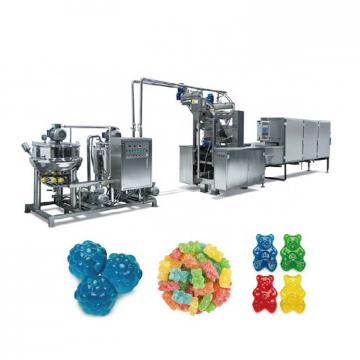 High efficiency food beverage factory stone paper production line
High efficiency food beverage factory stone paper production line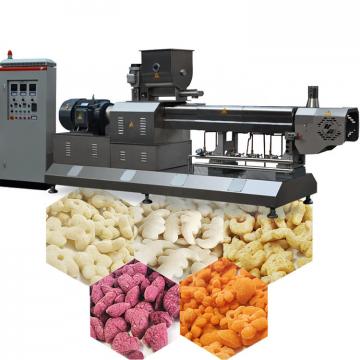 Factory price Fully automatic Machine PP/PS Plastic Sheet Production Line
Factory price Fully automatic Machine PP/PS Plastic Sheet Production Line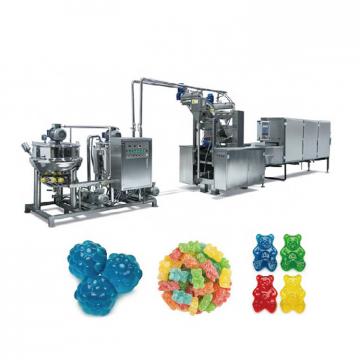 used deformered bar rolling mill production line
used deformered bar rolling mill production line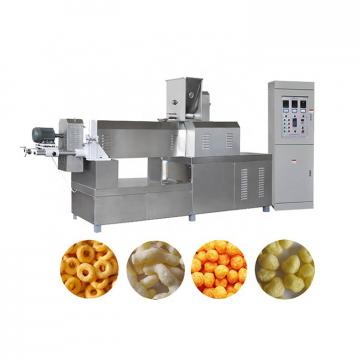 Manufacturing plant automatic factory puffed sticky rice cracker production line
Manufacturing plant automatic factory puffed sticky rice cracker production line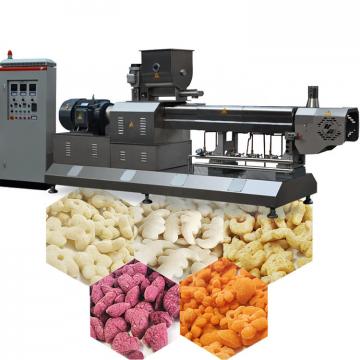 Production Line Pp Ppr Plastic Pipe Making Machine 20-63mm Multi-layer Extrusion Production Line For Water Supply
Production Line Pp Ppr Plastic Pipe Making Machine 20-63mm Multi-layer Extrusion Production Line For Water Supply